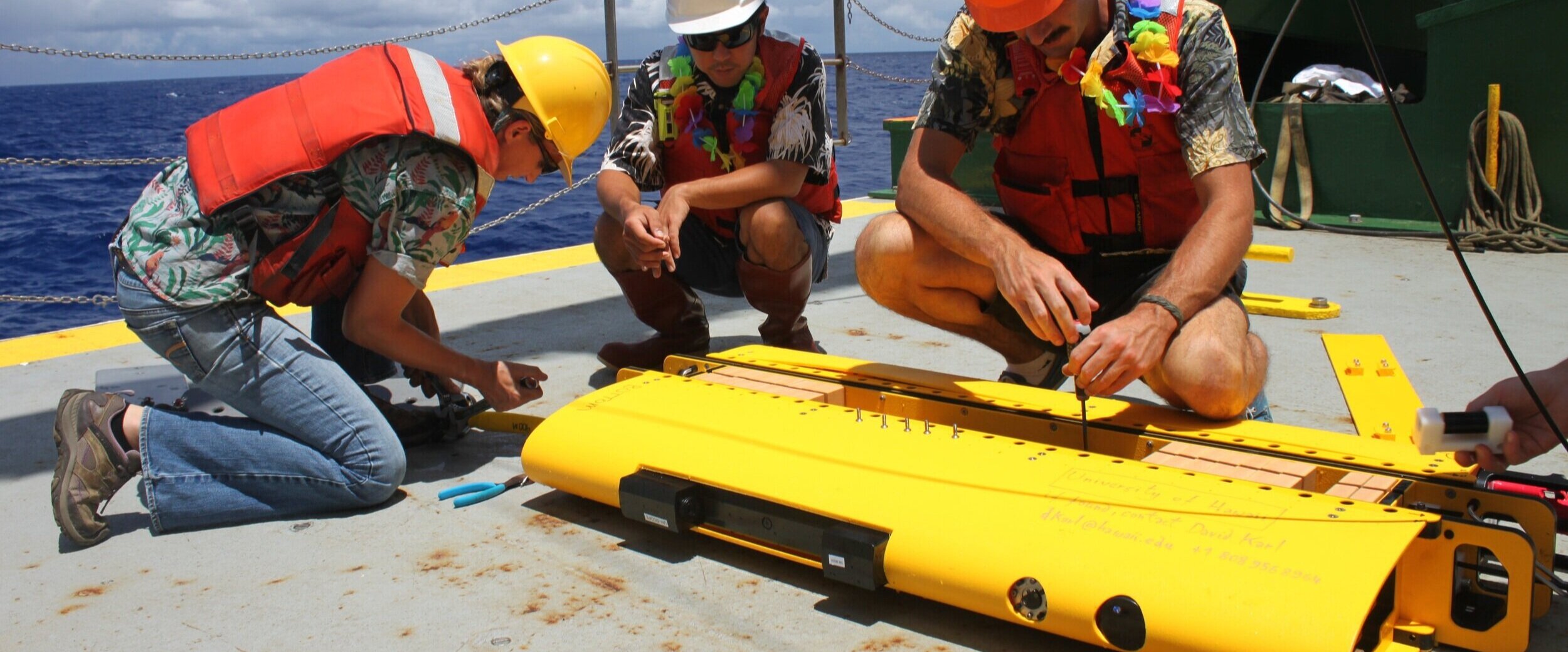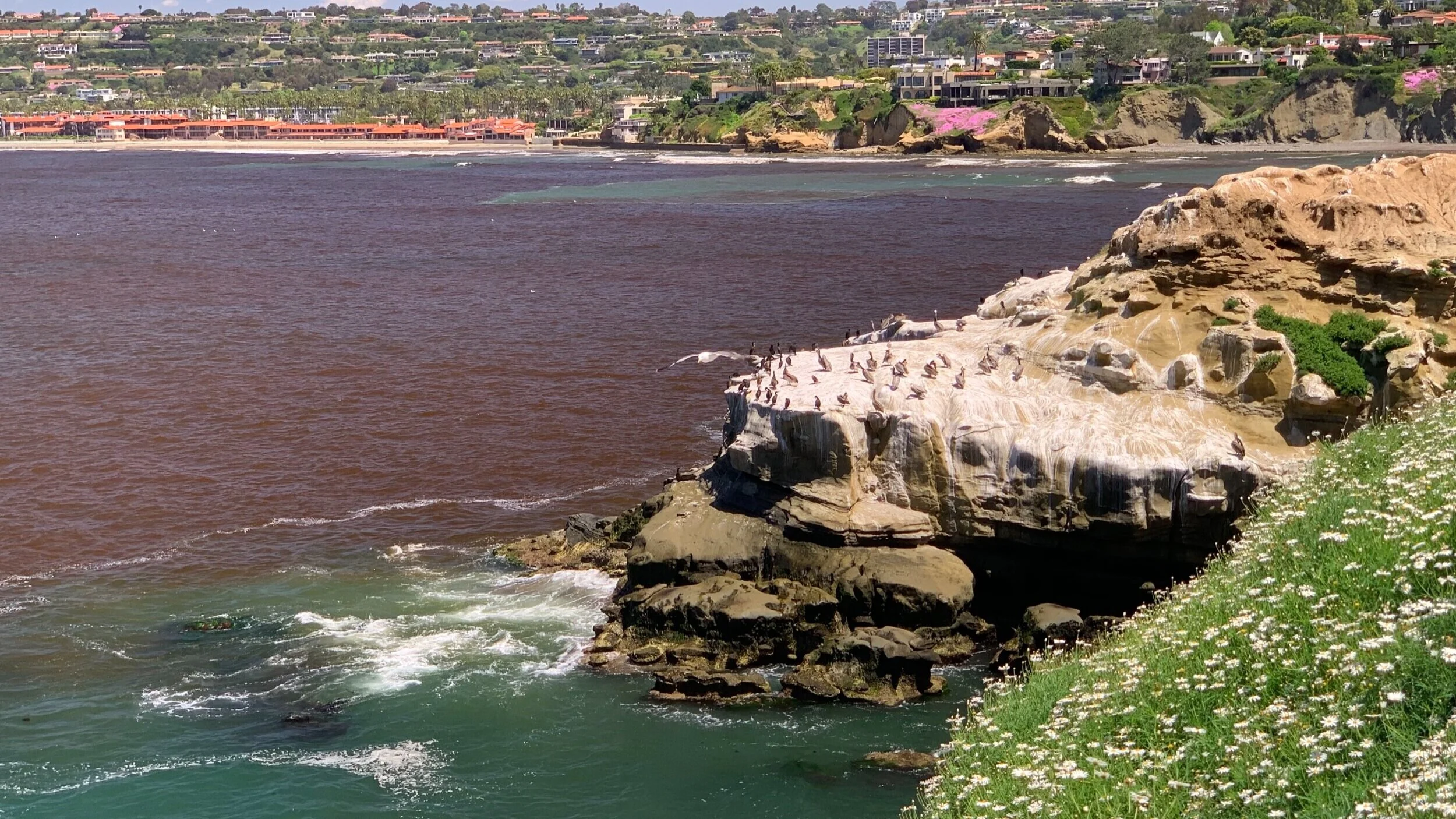BIOPHYSICAL & BIOGEOCHEMICAL INTERACTIONS
BIOPHYSICAL & BIOGEOCHEMICAL INTERACTIONS
PAYLOAD:
RBRmaestro CTD
Seabird ECOpuck: ChlA, CDOM, Backscatter
Seabird C-Star Transmissometer
JFE DEFI2-L PAR sensor
INSTITUTION:
University of Rhode Island, Graduate School of Oceanography, Omand Lab
DEPLOYMENT LOCATION:
Station Papa in the North Pacific
SCIENTIFIC SUMMARY:
The atmosphere’s capacity to radiate energy, and its direct consequences for the Earth’s climate, are affected by the presence of gases (such as CO2 and methane). These gases are regulated by the biogeochemical cycling of carbon and other important elements such as nitrogen, phosphorus, sulfur, and iron. The ocean’s microbial ecosystems play a key role in the biogeochemical cycling of those elements. Marine microorganisms sequester anthropogenic carbon dioxide from the atmosphere in the deep ocean, a process known as the ocean’s biological pump. Furthermore, the oceans contribute to the biogeochemical global fluxes by the cycling of nitrogen and other elements with microbial transformations, and a combination of physical and chemical processes.
The Export Processes in the Ocean from Remote Sensing (EXPORTS) program was designed to gather observations of all processes involved in the biological carbon pump; with the goal to formulate better-performing, mechanistic models that can be driven by satellite ocean color observations. As part of the 2018 EXPORTS campaign, a Wirewalker was deployed as a drifting mooring on a 500m wire for two deployments of 8-days each near Station Papa in the North Pacific Ocean. The Wirewalker was deployed within a half nautical mile of additional 500m drifting mooring equipped with particle-intercepting sediment traps at five depths, and followed by a research vessel. The two platforms stayed close together, allowing for characterization of the bio-optical environment of the traps. Figure 1 shows profile data from the second and third Wirewalker deployments. Note the strong non-photochemical quenching effect evident in the raw near-surface Chl-A.
REFERENCE:
Personal communication with Mellisa Omand











